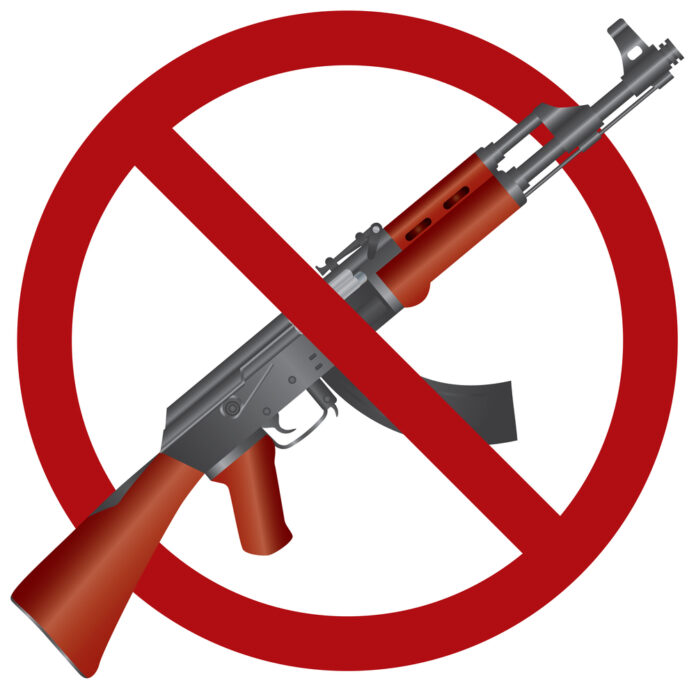
If you ever have an opportunity to have an actual talk with an anti-2A person (as opposed to them unthinkingly shouting slogans at you at a protest), ask them a question: “What do you think will happen if you are actually able to ban all guns?”
They’ll likely say something along the lines of: “Well, since there won’t be any more guns, then, murder rates and rates of violent crime will go down because criminals won’t be able to get their hands on guns, so, the world will be all sunshine and roses with a unicorn thrown in, too!” I’m paraphrasing, of course.
But is that what really happens when guns are banned? No, of course, not. Any student of history knows that one of the first things that dictators do is to ban private citizens from having firearms. I’ll let you figure out why they do that.
But aside from government oppression and violence, what else happens when guns are banned? We don’t have to guess. We already know what happens. Just look at London, England. When guns were banned in London, violent crime rates increased (see here for information on that). The logical conclusion is that not having guns prevented law-abiding citizens from being able to defend themselves.
But anti-2A politicians and talking heads in the media refuse to actually put the blame were it belongs: on gun control for making people victims. Chris Summers tells us what the situation is like there, now:
More than 280 people in England and Wales lost their lives to homicide with a bladed instrument—mostly knives—between April 2021 and March 2022, the highest number since records began in 1946, according to a report by the Office for National Statistics (ONS).
The number of homicides rose by 19 percent, to 282, over the previous year. The increase included an 18 percent rise in the deaths of young men, with the number of male victims aged 16 to 17 years jumping to 24 from 10.
Those are huge increases. So, what are they blaming those increases on? Summers continues:
Patrick Green, chief executive of the Ben Kinsella Trust, an anti-knife crime charity, blamed the COVID-19 pandemic and the lockdowns for making young people feel more “vulnerable.”
Green said: “As we emerged from COVID restrictions and those restrictions were lifted, we were seeing more evidence of young people made more vulnerable by COVID. Gangs are particularly good at picking up on vulnerabilities, are quick to pick them up and indeed lure young people and exploit them in criminal acts. We think there could be a link there.”
Now, look, I’m not suggesting that many people, especially those living in households which are struggling financially, haven’t had massive increases in stress due to the lockdowns from the pandemic and the pandemic media blitz itself. And we know that increases in stress do correlate to increases in violence in general. (It’s interesting to realize, though, that those lockdowns and emphasis on the pandemic which caused that stress were pushed especially hard by anti-2A politicians and media.)
What none of these people are asking, though (and they should be asking this if they want real solutions), is: Why aren’t we hearing about corresponding increases in violence during the pandemic in areas without gun control?
The fact that we aren’t hearing them address that issues really does tell you everything that you need to know about why you should own a firearm for personal safety.
